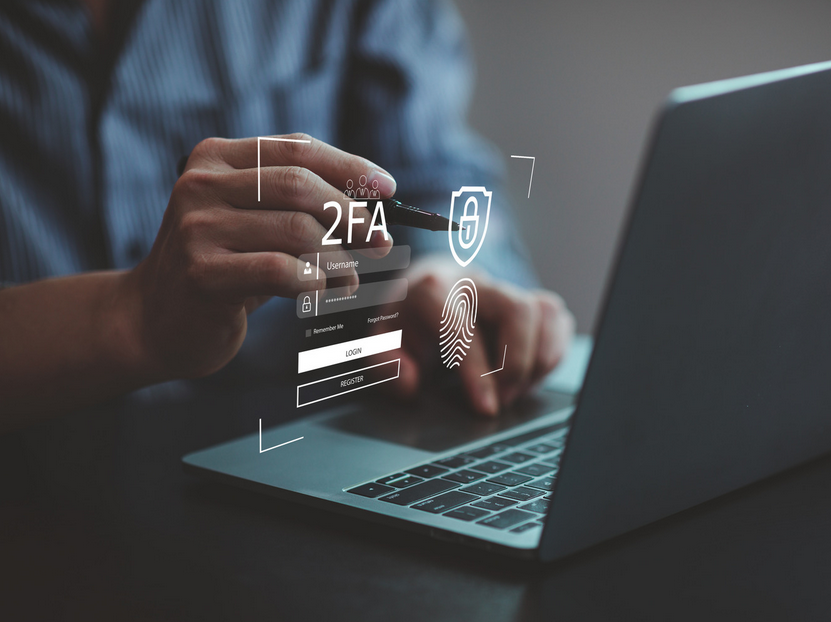Two-factor authentication, commonly known as 2FA, is a security measure that requires two forms of verification to confirm a user’s identity. This means that in addition to entering a password, users must provide an additional piece of information that only they have access to. The primary goal of 2FA is to enhance security by reducing the risk of unauthorized access to accounts or personal data.
How Does Two-Factor Authentication Work?
When you attempt to log into an account that has 2FA enabled, the process doesn’t stop at just entering your password. The system will prompt you for additional information, which could be a code sent to another device, like your smartphone, or through a dedicated authentication app. Typically, this process involves two elements:
- 1. Something You Know: This is usually a password or PIN that you use to access your account.
- 2. Something You Have: This could be a physical device like a smartphone that receives a verification code or an app that generates a one-time password (OTP).
Types of Two-Factor Authentication
Two-factor authentication can be implemented in various ways depending on the needs and available technology. Here are some of the most common types of two-factor authentication:
- 1. SMS or Email: After entering your password, you receive a verification code via SMS or email that you need to input to complete the login process.
- 2. Authenticator Apps: Apps like Google Authenticator or Authy generate unique codes every few seconds, which you must enter after your password.
- 3. Physical Security Keys: USB keys that can be plugged into your device and used to authenticate the user.
- 4. Biometrics: Using fingerprints, facial recognition, or iris scans as an additional authentication method.
Benefits of Using Two-Factor Authentication
Two-factor authentication offers many benefits that a simple password cannot provide. Here are some of the key advantages:
- 1. Enhanced Security: With two layers of verification, the risk of unauthorized access is significantly reduced, even if your password is compromised.
- 2. Protecting Personal Information: Your personal data and sensitive information are more secure because only you can access them with the combination of a password and the second factor.
- 3. Phishing Prevention: Two-factor authentication can prevent phishing attacks because attackers need more than just your password; they also need the second factor, which they do not have.
Challenges of Using Two-Factor Authentication
While there are many advantages, two-factor authentication also presents some challenges that need to be considered:
- 1. Ease of Use: The additional authentication step can make the user experience slightly more cumbersome, especially for those who are not familiar with this technology.
- 2. Access to Codes: If you lose the device used to receive or generate codes, accessing your account can become very difficult.
- 3. Reliance on Technology: In some cases, access to the second factor may be hindered by technical issues, such as poor network connectivity or hardware problems.
How to Enable Two-Factor Authentication
Enabling two-factor authentication varies depending on the service you are using. However, the general process is as follows:
- Access Account Settings: Look for the security or privacy settings in your account.
- Select Two-Factor Authentication: Typically, this option will be found under security settings.
- Choose a Verification Method: You will be given the option to receive codes via SMS, email, or use an authenticator app.
- Follow Additional Instructions: You may need to verify your phone number or device as part of the setup process.
Conclusion
Two-factor authentication is a crucial step in improving your digital security. By adding an extra layer of verification, you can protect your accounts and personal data from unauthorized access. Don’t wait to enable this feature on your important accounts, as the ever-evolving cyber threats make this additional protection more critical than ever. Start safeguarding yourself today by enabling two-factor authentication on your online accounts and enjoy the peace of mind that comes with it.
